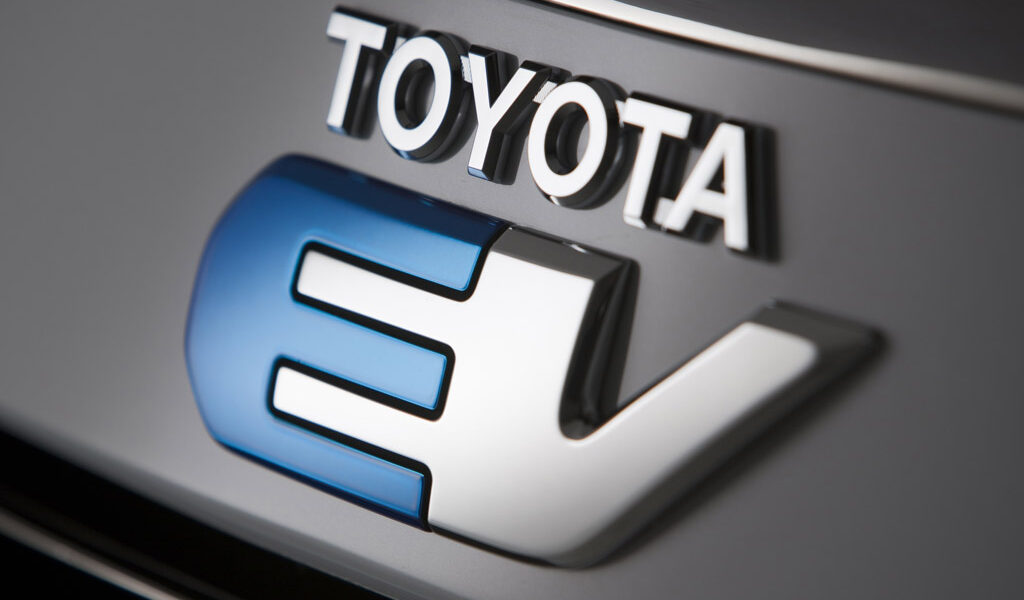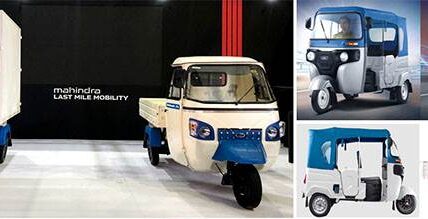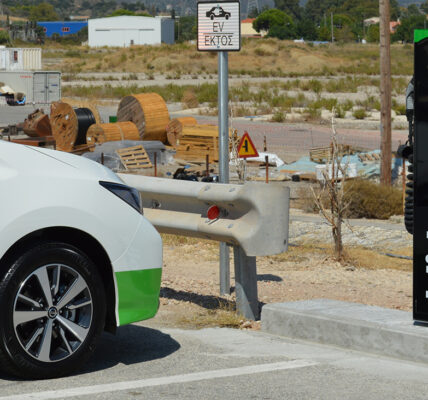Toyota has chosen to focus on hybrid and hydrogen fuel-cell vehicles as the cornerstones of its green strategy, but that doesn’t mean the automaker is forgoing an electric vehicle altogether. In addition to an EV crossover coming from the automaker and its partner Subaru in the near future and a lineup of six EVs, which are likely to land in China first, Toyota is currently working on a technological breakthrough that will reach far beyond its use in an EV: the solid-state battery.
Solid-state batteries charge quicker, last longer, and have a greater energy density. That means that a vehicle outfitted with one can go farther than it could with an equal-energy lithium-ion battery pack. Toyota was to show a working prototype of its solid-state battery at the 2020 Tokyo Olympics. That, of course, has been rescheduled to 2021 because of the coronavirus pandemic, but Toyota still wanted to share how far it has come in building its own battery pack.
Speaking in an interview, Keiji Kaita, executive vice president of Toyota’s powertrain company, said the company has a working prototype. However, because of safety and durability issues, it has yet to harness the true potential of a solid-state battery. One of the biggest issues with solid-state batteries is their short life span: they tend to fail after repeated charging.
“To counter limitations, we’re looking at how we might adjust the anode or other materials. We are trying to reduce disadvantages that are found,” Kaita said.
The automaker, along with its partner, Panasonic, is focusing on a sulfur-based electrolyte that is said to allow for a more efficient ion transfer between the electrodes. Still, Toyota needs to figure out how to create an electrolyte that won’t become deformed by simply charging and discharging the battery, leading to pack failure.
Samsung is working on the same issue, but instead of replacing the electrolyte, it’s replacing the lithium anodes with a silver-carbon composite to reduce the destruction of the electrolyte while the battery is being charged.
Kaita notes that Toyota’s breakthrough in this area might come from new materials or a new design. So sulfur might not end up being the solution Toyota is looking for in the long run.
On the manufacturing end, Kaita said that because the cells need to be produced in an ultra-dry environment, the automaker is currently producing the cells in compact booths. Workers reach in to work on the cells through sealed rubber gloves. That doesn’t lend itself to large-scale manufacturing.
Still, Toyota says that limited manufacturing is on track for 2025. These batteries will be expensive, but if the automaker and Panasonic can figure out how to mass-produce solid-state batteries for its hybrids and future EVs, it’ll be a huge jump for all battery-powered electronics, let alone electric vehicles.







